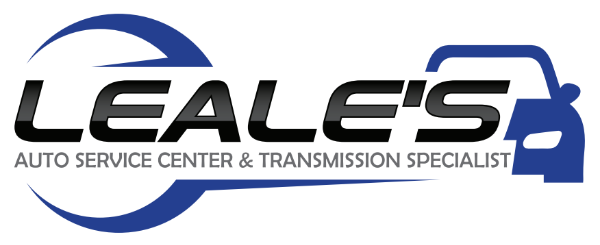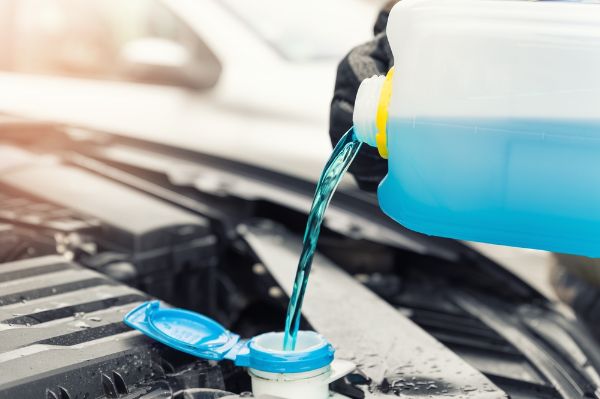Signs of low antifreeze often become more noticeable as temperatures begin to drop, making winter one of the most important times to check your cooling system. Antifreeze plays a critical role in protecting your engine from freezing, overheating, and internal corrosion. When levels are low or the coolant is no longer effective, your vehicle can quickly develop performance and reliability issues in cold weather.
Temperature Gauge Fluctuations
One of the earliest warning signs is an engine temperature gauge that behaves unpredictably. If the gauge runs colder than normal or spikes unexpectedly, it may indicate low antifreeze levels or poor circulation. Cold weather makes these fluctuations more obvious, especially during start-up or longer drives.
Weak or No Heat Inside the Cabin
Your vehicle’s heater relies on antifreeze circulating through the heater core to produce warm air. If you notice little to no heat coming from the vents, low antifreeze could be the cause. Inconsistent cabin heat is often a clear indicator that the cooling system needs attention before winter conditions worsen.
Visible Coolant Leaks
Low antifreeze levels are frequently caused by leaks in the cooling system. You may notice puddles under your vehicle, residue around hoses, or a sweet smell near the engine bay. Cold temperatures can cause rubber hoses and seals to contract, making leaks more likely to appear during winter months.
Frequent Warning Lights or Alerts
Many modern vehicles are equipped with sensors that monitor coolant levels and engine temperature. If warning lights appear more often during colder weather, it could signal that antifreeze levels are insufficient or the coolant mixture is no longer providing proper freeze protection.
Unusual Engine Noises or Performance Changes
Low antifreeze can lead to poor engine temperature regulation, which may cause knocking sounds, reduced efficiency, or rough operation. As winter sets in, engines take longer to warm up, and any imbalance in the cooling system becomes more noticeable.
Why Addressing Antifreeze Issues Matters
Ignoring low antifreeze during winter increases the risk of frozen coolant, cracked components, and internal engine damage. Addressing these issues early helps maintain proper engine temperature, supports heater performance, and prevents cold-weather breakdowns.
Staying prepared for winter starts with understanding the signs of low antifreeze and acting before problems escalate.
If you’re noticing cooling system concerns, schedule an antifreeze inspection with Leale's today. Visit Leale's Auto Repair and Transmission} or stop by our shop in San Jose to keep your vehicle protected all winter long.

